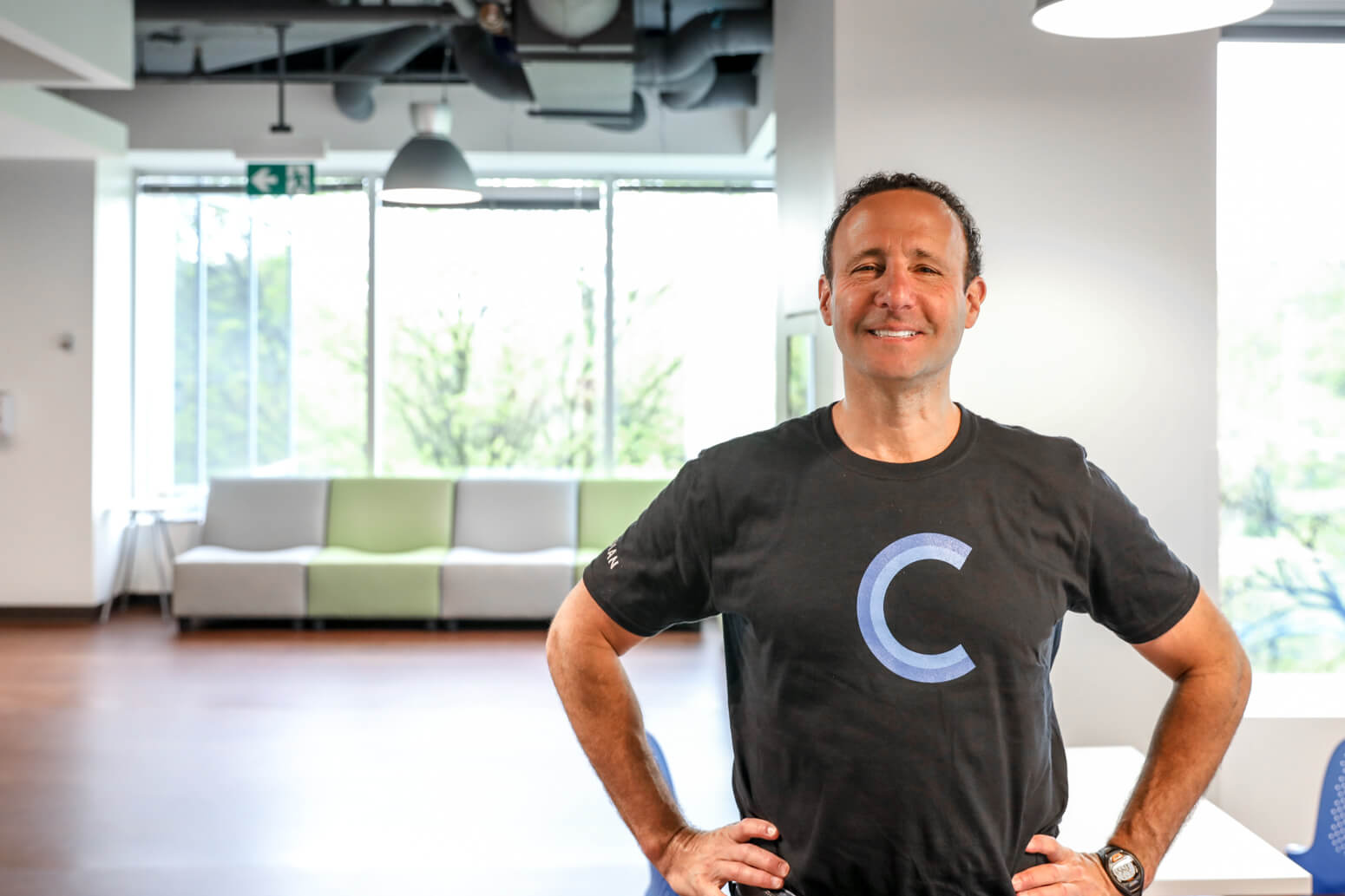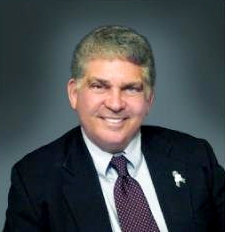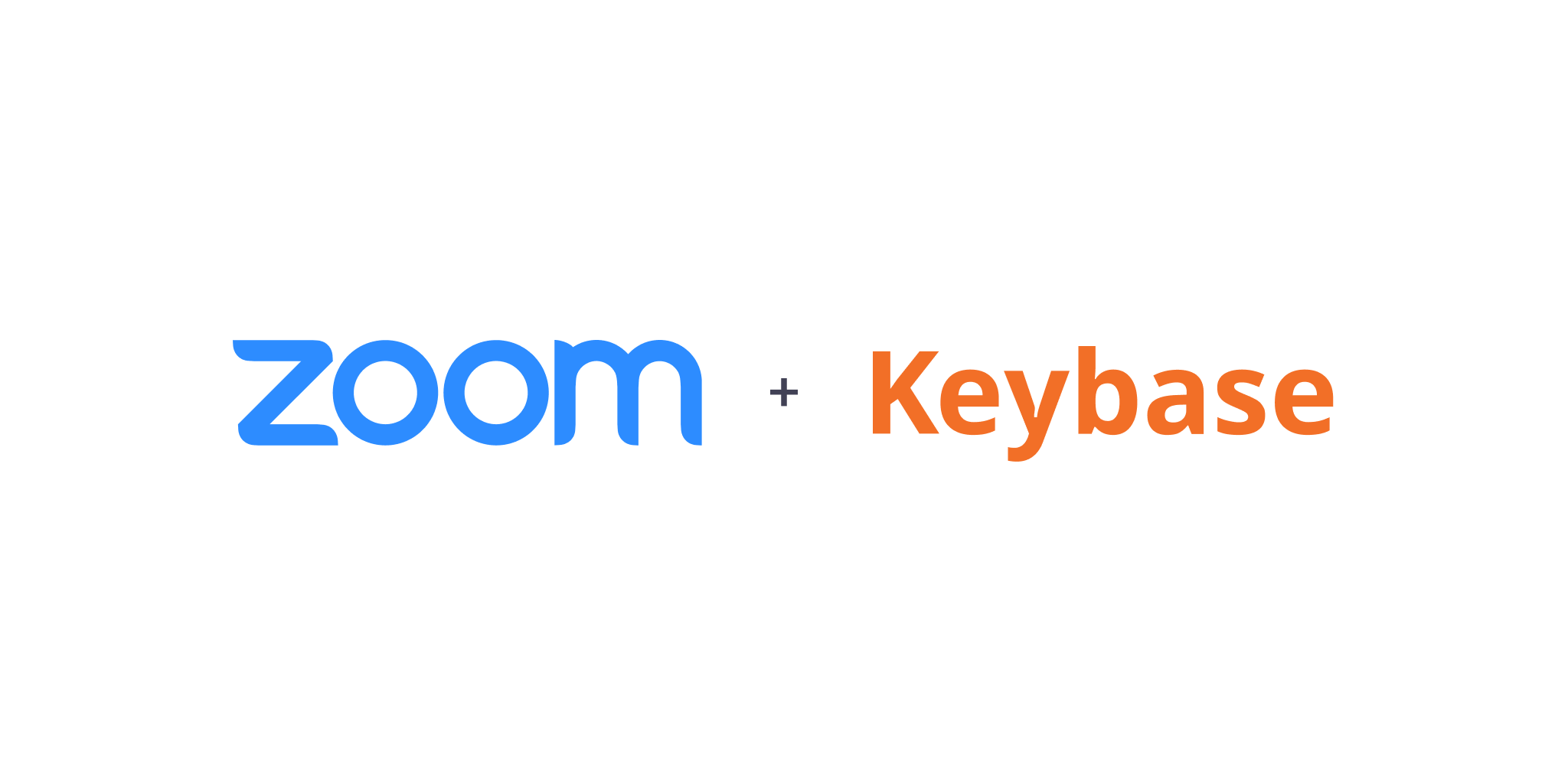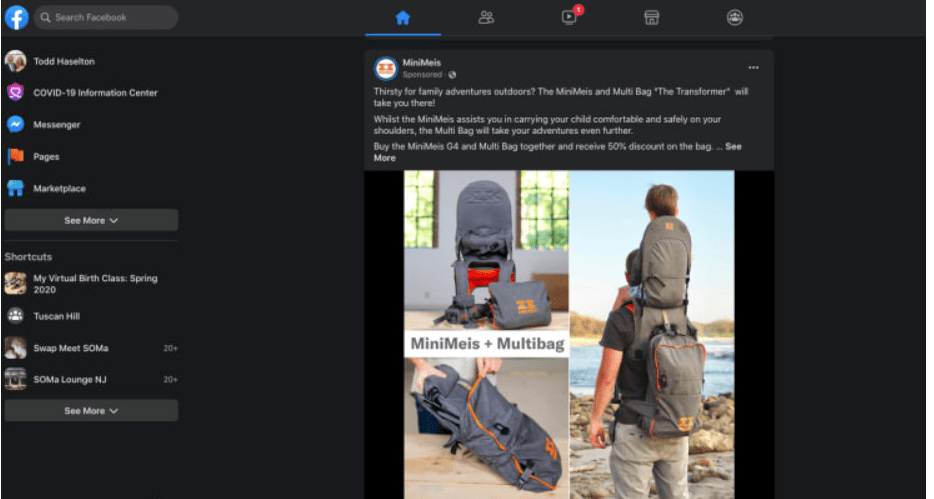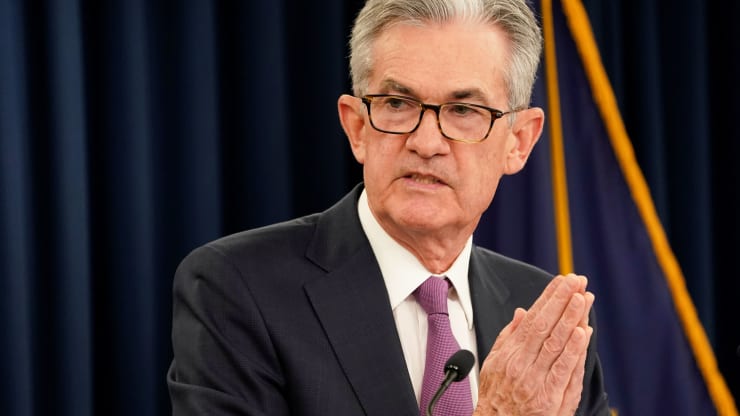
DailyPay | Getting Paid Made Easier & Simpler | Jason Lee
Any CDO or CTO knows that an evolving tech stack is a key to providing business advancements that improve the company’s bottom line. In today’s HRIS environment, resources are often stretched, so innovation is in great demand. DailyPay delivers on that challenge by offering a full-service on-demand pay platform that reduces turnover, increases productivity, and enhances employee satisfaction, all at zero cost…,
